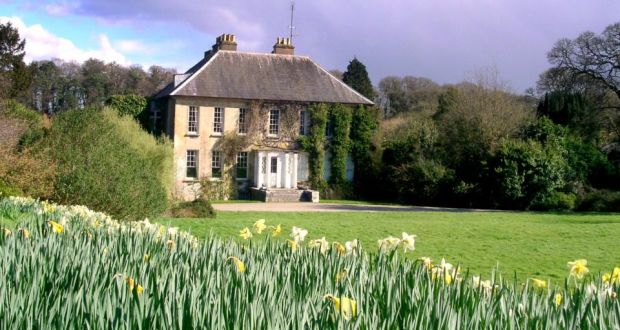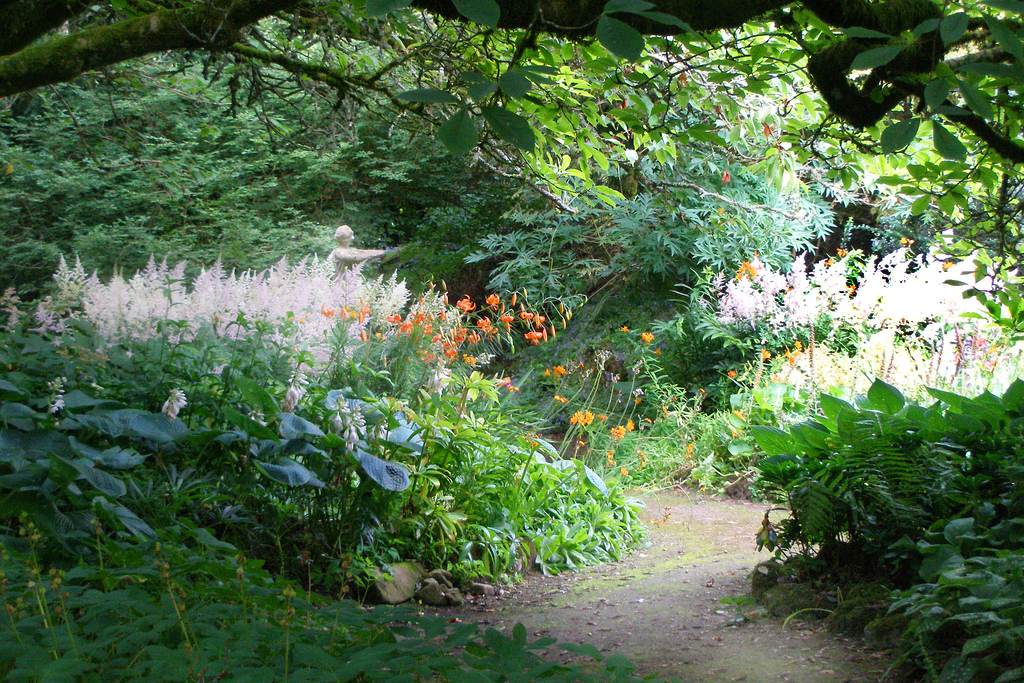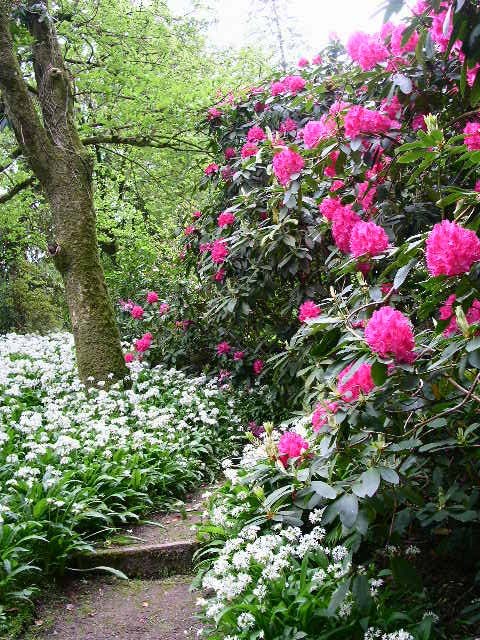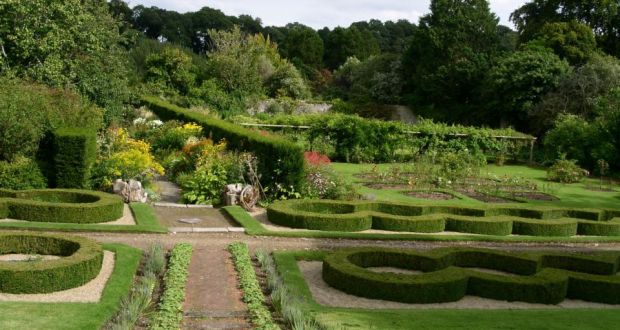Annes Grove – A Rejuvenation
Annes Grove is situated in north Co. Cork between Doneraile and Castletownroche. Lieutenant-General Grove Annesley inherited land here from the Grove family in the early eighteenth century and laid out the grounds as informal parkland with a walled garden and there was little change until Richard Grove Annesley (1879-1966) inherited in 1900. Influenced by his cousin, the fifth Earl of Annesley, who had created the exceptional arboretum at Castlewellan in Co. Down and his lifelong friendship with the fourth Marquis of Headford he took a great interest in developing his own garden at Annes Grove. At their suggestion he sponsored the plant hunting expeditions of George Forrest and Frank Kingdon Ward and was soon growing plants from the seed they collected, most notably Himalayan rhododendrons, and created a garden in the Robinsonian style.

In his 1994 book, Irish Gardens, Terence Reeves Smyth describes the gardens: “There are few gardens anywhere in Ireland where rare trees and shrubs are grown so successfully and in such a harmonious setting as the beautiful Robinsonian garden of Annes Grove. Set on a sloping site around an elegant early eighteenth-century house overlooking the River Awbeg, the thirty-acre garden is filled with thousands of thriving plants in a layout that merges unobtrusively into the landscape.”
Following Richard Grove Annesley’s death, the property passed to his son, E. P. Grove Annesley, and then to his grandson, Patrick Grove Annesley, who unfortunately was to be the last of the Grove Annesleys at Annes Grove, and he has passed the estate, house and gardens, to the State and it is now in the hands of the Office of Public Works.

As part of the series of garden talks at Kilkenny Castle, organised by Shirley Lanigan and the Office of Public Works, Hugh Carrigan, who is a regional manager with the OPW with responsibility for the work of restoration at Annes Grove, outlined the work done to date at estate. It would not be an exaggeration to say that the team working at there were met by a very challenging situation nor to say that they have made wonderful progress to date. The initial impetus of the work was to secure the fabric of the house and this has been with the high standards we have come to expect from the OPW. General access to the estate and around the grounds has been improved with the clearing and widening of drives and pathway along with the rebuilding of boundary walls etc.

Tackling the gardens was quite a challenge – and the OPW recognise that it is the gardens which are the most significant asset of the estate. Many areas had become overgrown by laurel and bramble so that there was difficulty in locating and identifying the original plantings. Where at all possible original specimens have been saved but quite an amount had been lost. Fortunately, Patrick Grove Annesley had carefully kept his grandfather’s acquisitions and planting records and the OPW has sourced many of the species rhododendrons which were planted at Annes Grove and are in the process of having others propagated from plants grown from the original Forrest and Kingdon Ward introductions so that the planting in the gardens will be as close as possible to what was there originally.

Such garden restorations will always, invariably, bring criticisms. People will complain that the original plants should have been saved and that the garden is not authentic without them. I believe that it such situations there will be losses; that some plants may be gone beyond the age of good health or that they have become so congested and smothered by invasive growth that there is no option but to clear all. It is always a pity to lose an original plant and there is certainly a great sense of history when one looks at a plant and realises it was grown from seed brought from the Himalaya by Forrest or Kingdon Ward and planted in the garden a century ago by Richard Grove Annesley but such is not always possible and those who undertake such restorations can only do their very best and I feel reassured that Hugh Carrigan and those in the OPW will certainly do that and that Annes Grove will again be an outstanding garden for us to visit and will become a significant part of our gardening heritage.
